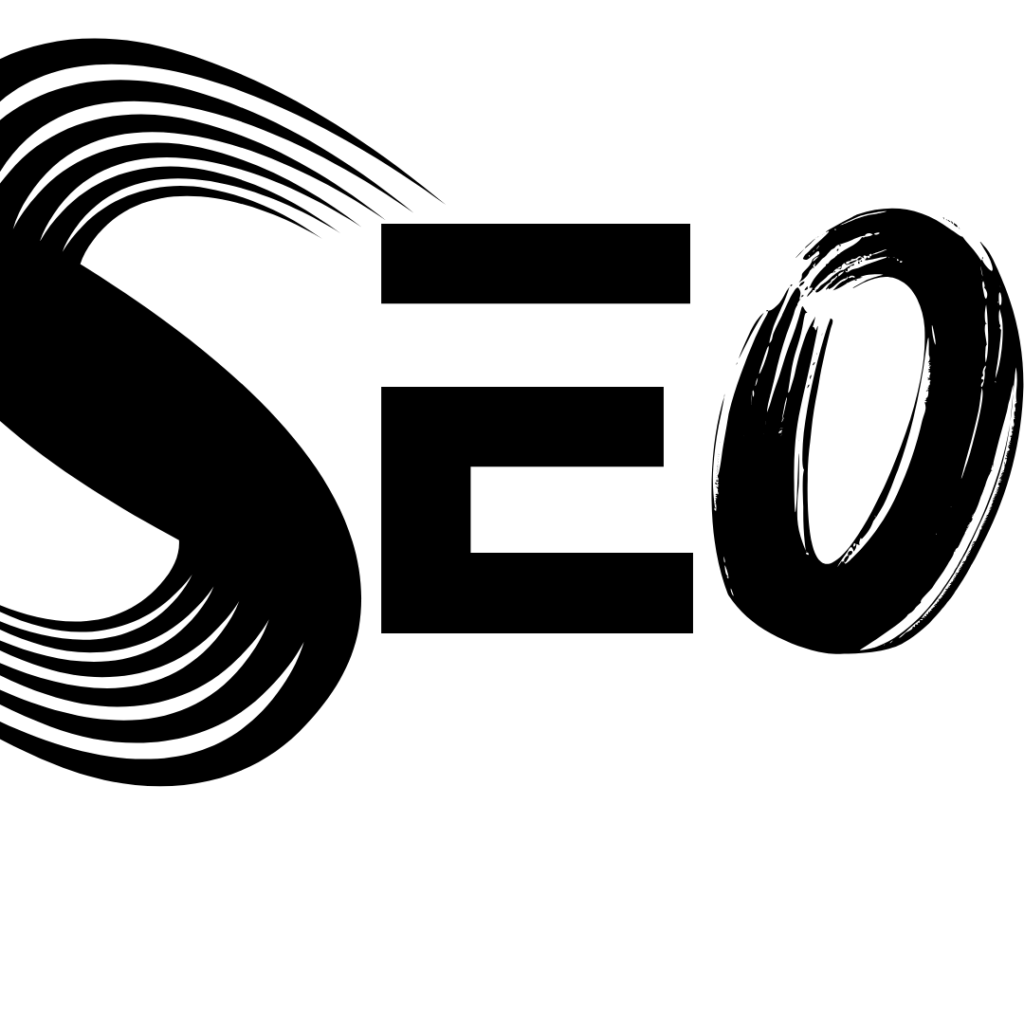
The Drawbacks of Organic SEO
Organic SEO (Search Engine Optimization) is often seen as the backbone of digital marketing, offering businesses a long-term strategy for improving search engine rankings and increasing online visibility. It is a natural, non-paid approach to attracting traffic by optimizing a website’s content and structure to align with search engine algorithms. However, despite its many benefits, organic SEO has several drawbacks that businesses must consider before relying solely on this strategy for their online success.
Time-Intensive Results
One of the primary drawbacks of organic SEO is the time it takes to see tangible results. Unlike paid advertising, where immediate visibility and traffic can be generated through ads, organic SEO demands significant time and effort before it begins to show results. SEO efforts such as content creation, on-page optimization, and link building need to accumulate and age in order to influence rankings positively. It is not uncommon for businesses to wait several months before noticing significant changes in their search engine rankings. For companies looking for quick returns, this extended timeline can be frustrating and unsustainable.
Constant Algorithm Changes
Search engines like Google are constantly updating their algorithms to improve user experience and deliver more relevant search results. While these updates often aim to enhance SEO practices, they can also have a disruptive impact on previously successful strategies. An algorithm update may lead to fluctuations in search rankings, even if a website’s SEO strategy has been effective for a long time. These changes often require businesses to adjust their SEO tactics to stay competitive, which can be resource-intensive and time-consuming. It is crucial to stay updated on algorithm changes and continuously adapt SEO strategies, but this ever-changing environment can be overwhelming for businesses.
Increased Competition
As more businesses invest in organic SEO, the competition for top spots in search engine results becomes more intense. High-demand keywords are often saturated with content from various sources, making it increasingly difficult for businesses, especially smaller ones, to rank highly for these terms. The increasing competition means that SEO efforts need to be more targeted and innovative to stand out, requiring even more investment in content creation, technical SEO, and link building. For businesses in highly competitive industries, the barriers to success can be formidable.
Requires Ongoing Maintenance and Updates
Organic SEO is not a one-time effort. Once a website’s rankings improve, businesses must continue to work on maintaining those rankings. This involves regularly updating content, optimizing for new keywords, and consistently improving the overall user experience. Websites that do not update their content or fail to adapt to the latest SEO trends can lose their rankings over time. This ongoing maintenance can be costly and time-consuming, particularly for small businesses with limited resources. Failing to maintain an effective SEO strategy can result in losing valuable search visibility and ultimately missing out on organic traffic.
Dependence on External Factors
Organic SEO results are inherently dependent on external factors that are often beyond a business’s control. These include factors like search engine algorithms, external backlinks, and competition within the industry. While businesses can control aspects of their website and content, they have little influence over external websites or the actions of competitors. A competitor’s success in building authoritative backlinks or producing high-quality content can push a business down in rankings, despite its own efforts. This external unpredictability can make organic SEO a high-risk strategy for businesses that require more stable and predictable results.
High Resource Investment
To achieve significant results with organic SEO, businesses often need to invest a considerable amount of resources into various aspects of SEO, including content creation, technical SEO, and link building. This can involve hiring SEO professionals, content creators, or even outsourcing certain tasks to specialized agencies. For smaller businesses or startups, these costs can be prohibitive. Additionally, the return on investment (ROI) may take months or even years to fully materialize, which can make organic SEO an expensive strategy, especially when competing against paid advertising methods that offer faster results.
Lack of Control Over Search Results
Unlike paid advertising, where businesses can control the messaging, organic SEO results are influenced by many unpredictable factors. Factors like search engine algorithms, competitors’ activities, and even user behavior can cause fluctuations in rankings. Because organic SEO does not guarantee specific positions, businesses may not always appear on the first page for targeted keywords, regardless of how much effort they put into their SEO strategy. This lack of control over search results can make it challenging for businesses to rely entirely on organic SEO for driving traffic.
While organic SEO remains a highly effective long-term strategy for building online presence and driving sustainable traffic, it is important to recognize its drawbacks. The time investment, competition, dependence on external factors, and the need for constant updates can make organic SEO a challenging and resource-intensive strategy. Businesses must weigh these challenges against the benefits and determine whether they can afford the investment, especially when competing against faster, more controllable methods like paid search advertising. For long-term success, a balanced approach that combines organic SEO with other digital marketing strategies may prove to be the most effective.
